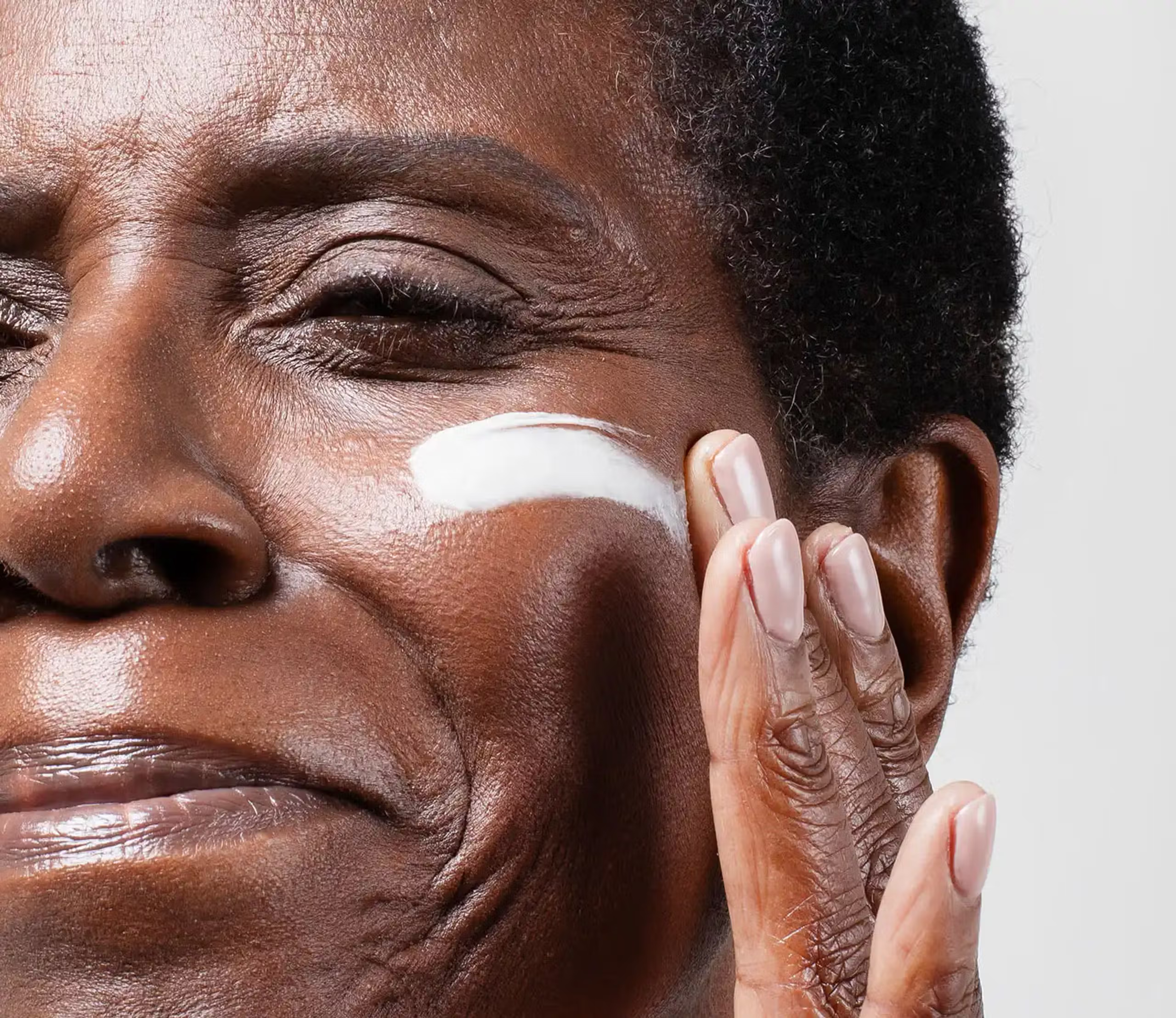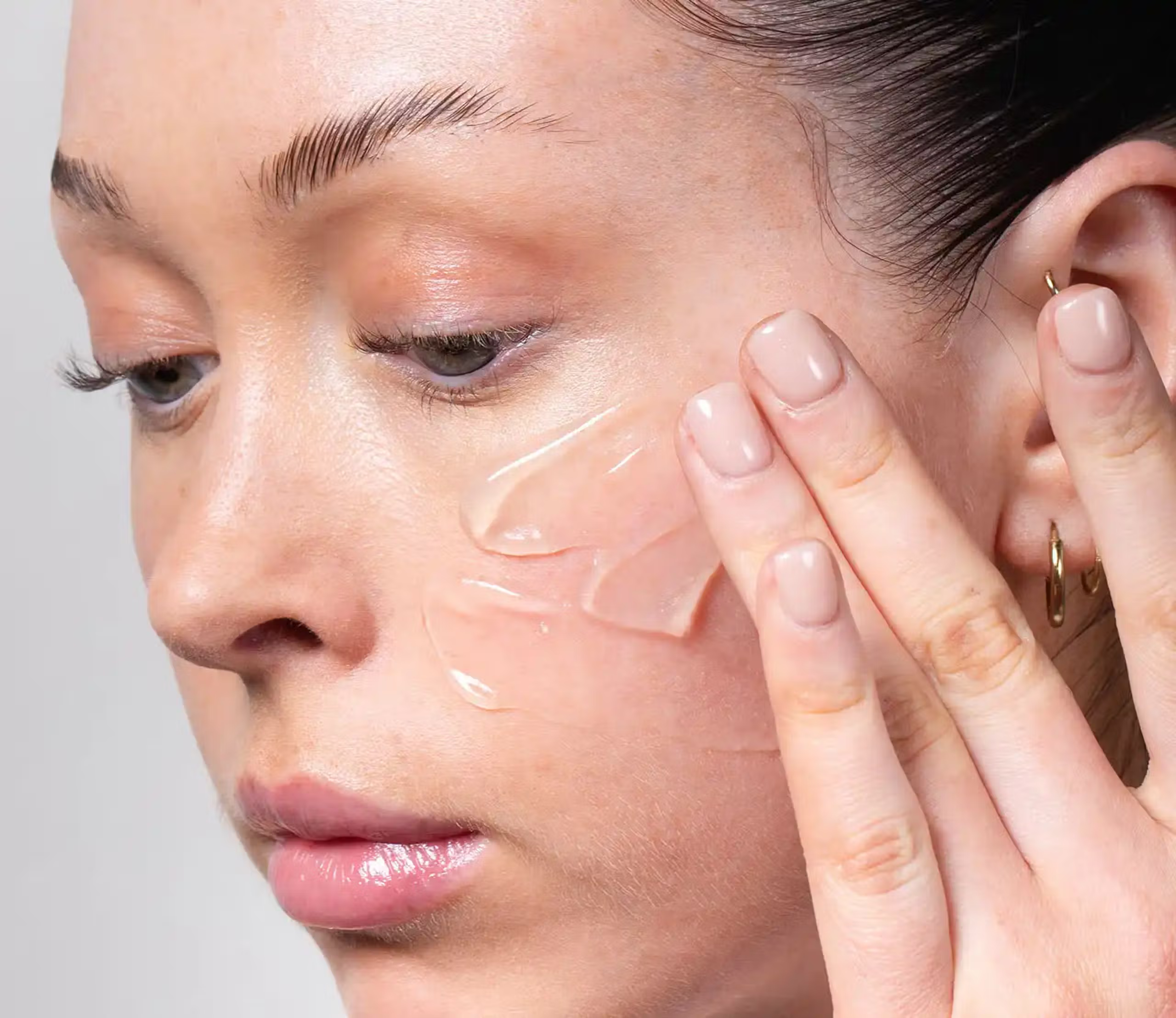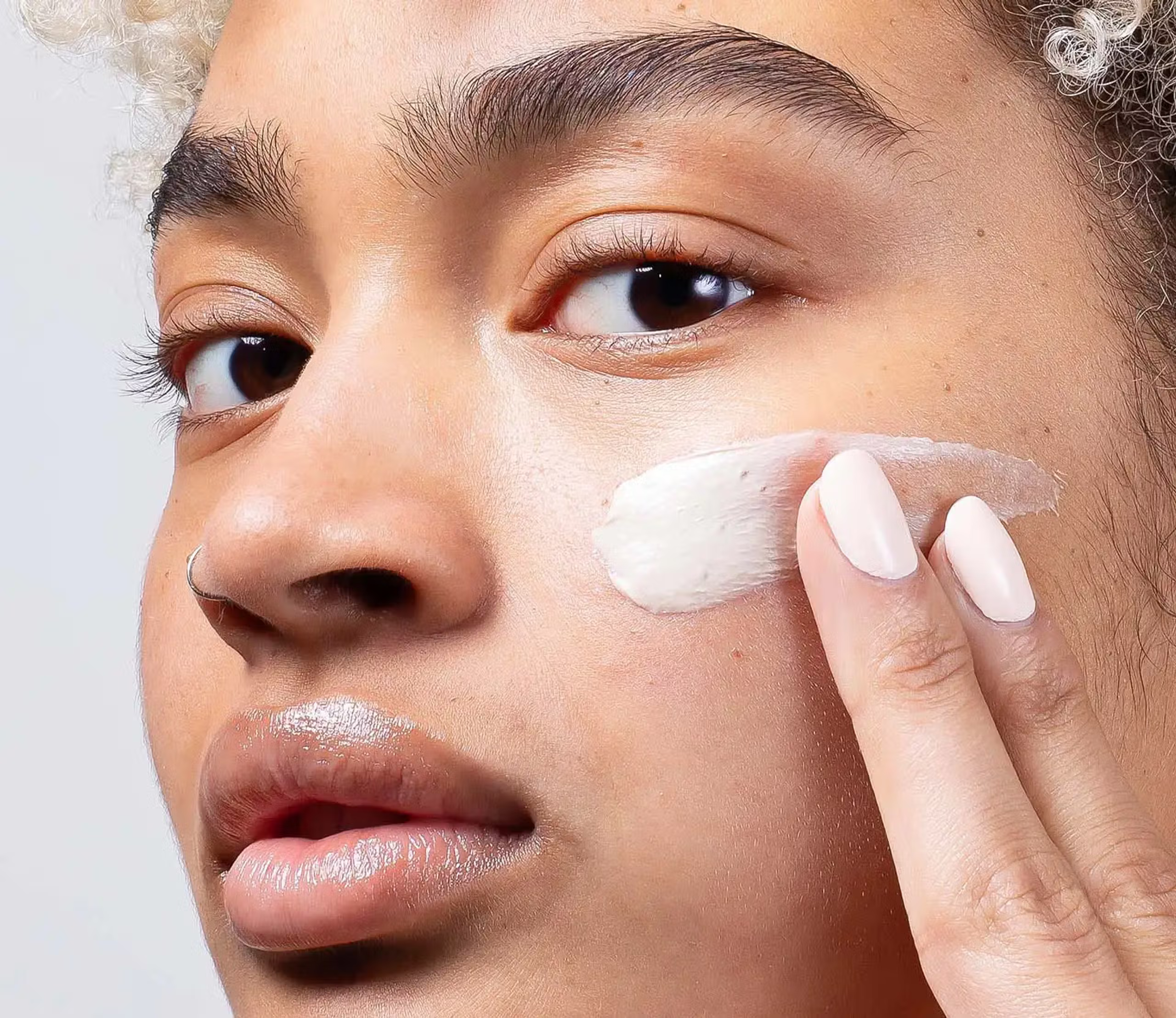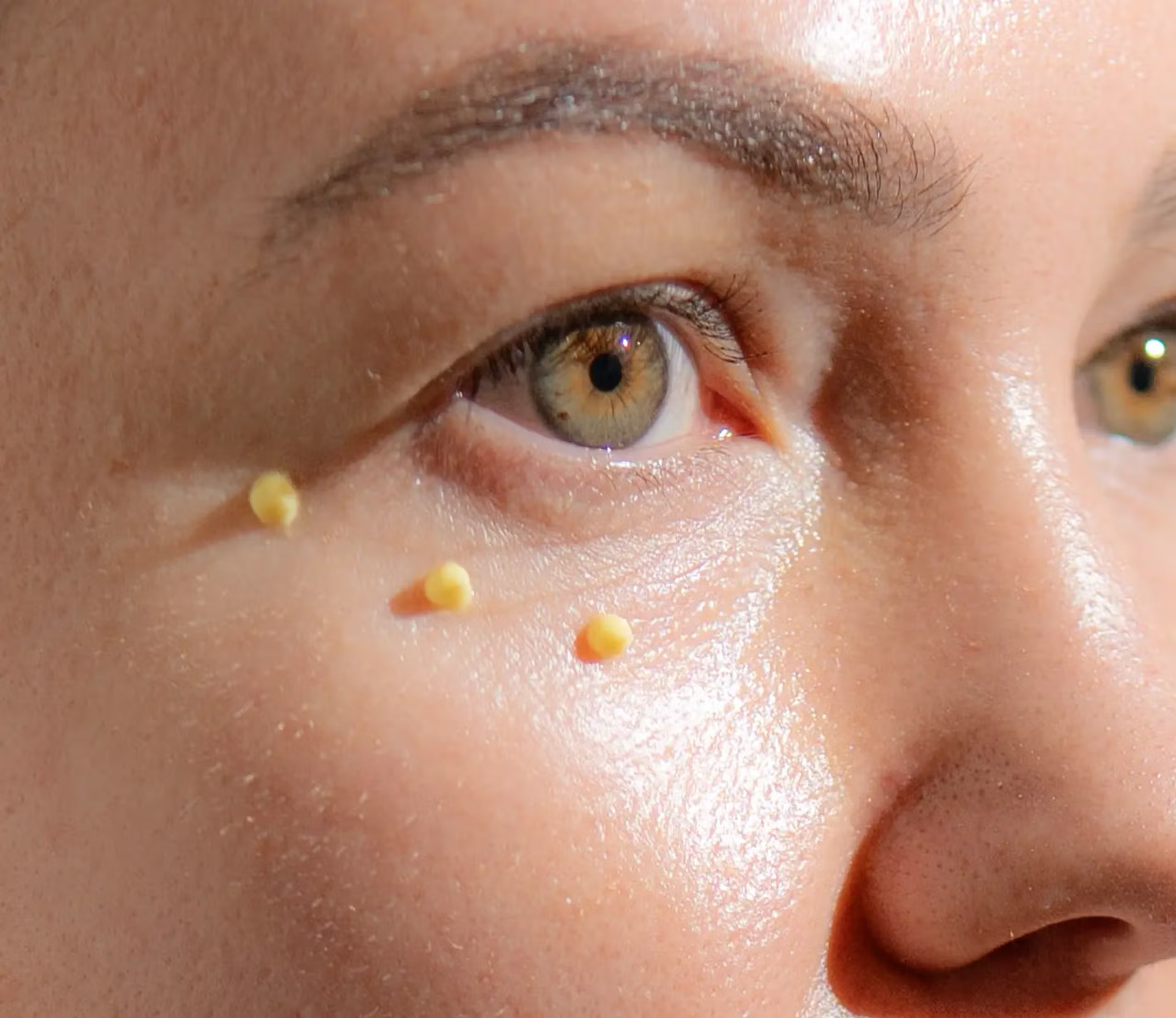



Not sure which products are right for your skin?
Take our skincare matcher and discover targeted formulas for breakouts, dryness, sensitivity, and fine lines.




7/10 users say it’s the best serum they’ve used for hyperpigmentation
Dark spots don’t stand a chance
1 / 3
Skincare with integrity.
Affordable, vegan, science-backed skincare that meets real needs with real results. Our customers are smart, savvy, and skin-literate — and they expect more. So do we.
Meet your match
Not sure which products are right for your skin? Answer a few questions to get personalised product recommendations
GET STARTED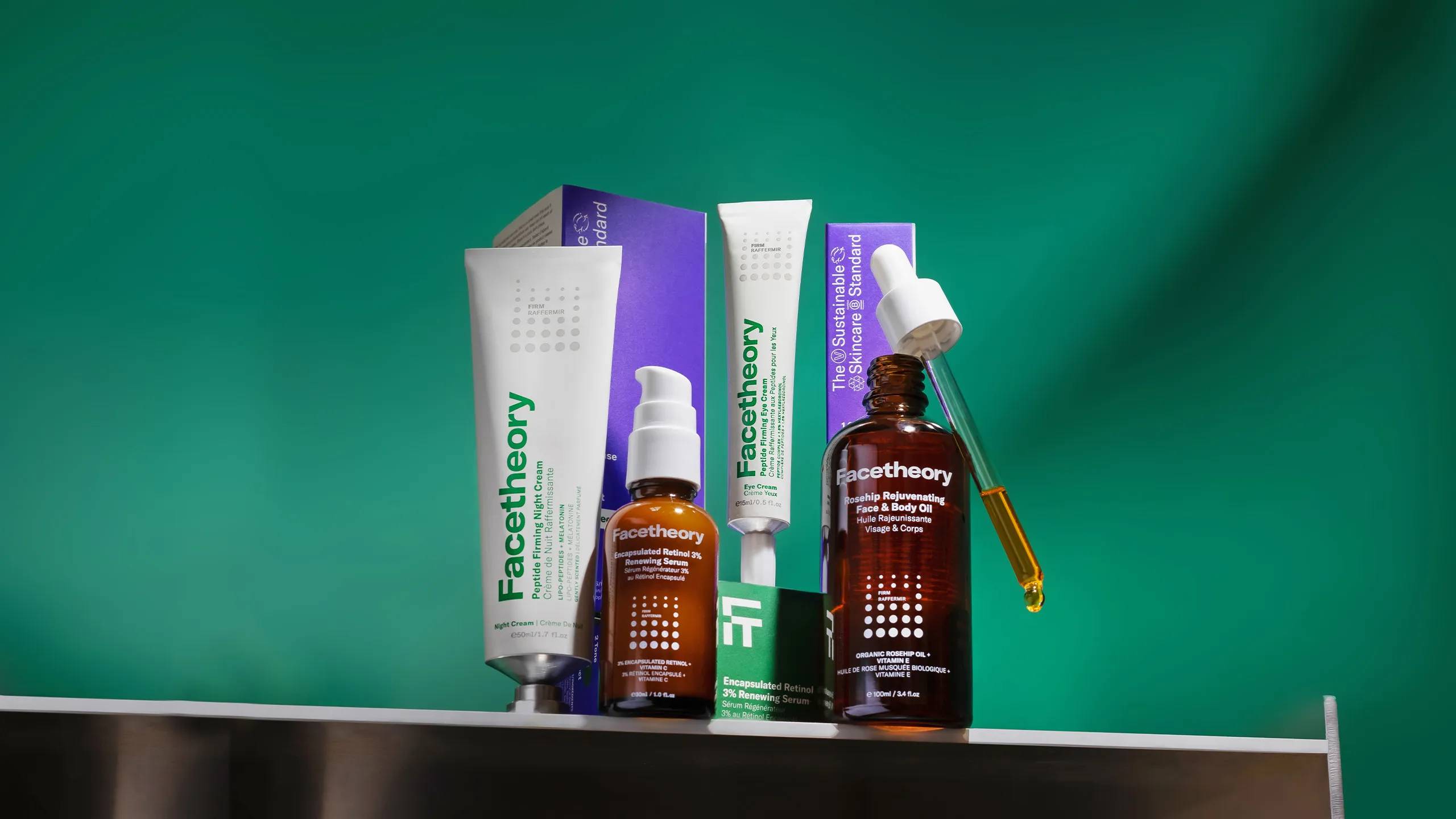
Shop By Skin Concern
Shop By Category
Bestsellers
SHOP ALL
Skincare that goes further — For skin and planet
10+ years of affordable, vegan products. Built for accessibility. Rooted in results. Always cruelty-free.
Recognised sustainable leadership. Proudly B-Corp certified and a leader in sustainable skincare since the beginning.
Formulated with purpose. Every ingredient serves a function. No fluff. No fillers.
100% developed & produced in-house. Total control. Total transparency. Built to our standards—never outsourced.




